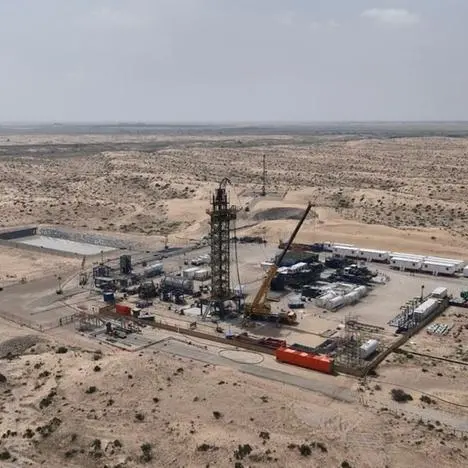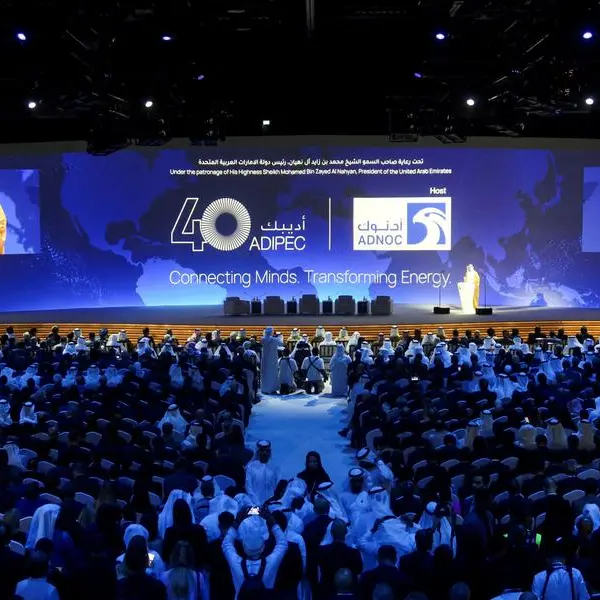PHOTO
September 22, 2016
DOHA: Consumption of natural gas in Qatar has seen a rapid rise the past few years. The country, the largest exporter of natural gas in the world, has witnessed a steep rise of 40 percent over the last five years.
According to BP Statistical Review of World Energy 2016 report, gas consumption in Qatar stood at 32.1 billion cubic metres (bcm) in 2010 which jumped to 45.2 bcm in 2015. Compared to previous year, the consumption rose by 13.8 percent, the highest rise in the GCC region. Qatar consumed 39.7 bcm natural gas in 2014.
Increasing population and rapid expansion of infrastructure in country's is the main driver behind surge in consumption as gas is used for power generation and water desalination. Electricity and water desalinisation sectors account for most of the natural gas consumption in Qatar.
Qatar is a major player in global natural gas market and has witnessed a rapid expansion of LNG activities. Qatar ranks third in the world in terms of natural gas reserves. Other countries in the region also consumed more natural gas. Consumption of gas in Kuwait grew 4.2 percent to 19.4 bcm in 2015 from 18.6 percent in 2014. Saudi Arabia's gas consumption went up from 102.4 bcm in 2014 to 106.4 bcm in 2015, showing a growth of 4 percent while United Arab Emirates saw its gas consumption going up from 66.3 bcm to 69.1 in the same duration, registering a growth of 4.3 percent.
Middle East's consumption grew from 461.4 bcm in 2014 to 490.2 bcm in 2015.
Natural gas consumption is expected to increase further in coming years, according to the US Energy Information Administration. Consumption of natural gas worldwide is projected to increase from 120 trillion cubic feet (Tcf) in 2012 to 203 Tcf in 2040 as per the International Energy Outlook 2016 report.
Natural gas remains a key fuel in the electric power sector and in the industrial sector. In the power sector, natural gas is an attractive choice for new generating plants because of its fuel efficiency. Natural gas also burns cleaner than coal or petroleum products, and as more governments begin implementing national or regional plans to reduce carbon dioxide emissions, they may encourage the use of natural gas to displace more carbon-intensive coal and liquid fuels.
By energy source, natural gas accounts for the largest increase in world primary energy consumption. Abundant natural gas resources and robust production contribute to the strong competitive position of natural gas among other resources.
© The Peninsula 2016























